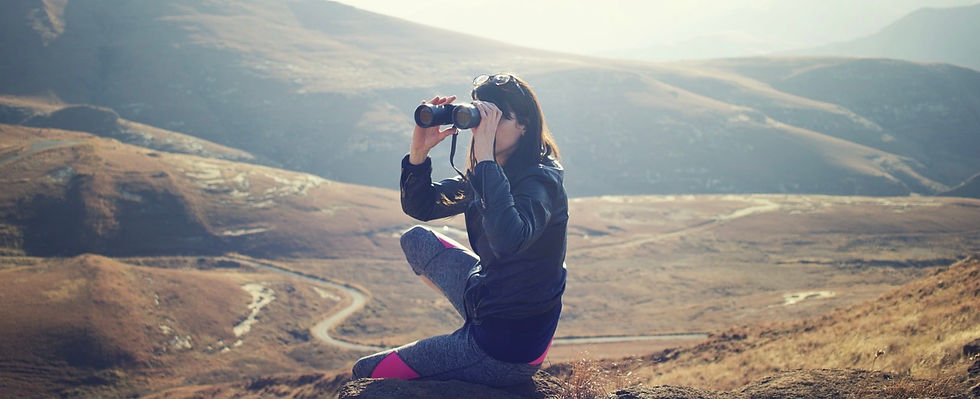Journal Entry: The Death of a Warbler
- Sophia

- Jan 27, 2020
- 3 min read
Updated: Mar 4, 2020

I was walking my dog the other day when I came across something curious. I looked down at the grass below my feet and saw a small bird, entirely whole and seemingly unmarred, laying on the grass as if placed there. It was lying belly-up, with eyes closed, wings folded and legs curled towards itself. It was dead.
I feel somewhat ashamed to say that my first emotion wasn’t sadness or regret at all, but a sort of shock and even excitement. Yellow-rumped Warblers are quite shy birds, and they move constantly, never seeming to stop or rest, like many other small birds. So to have the opportunity to see one so close, in so much detail and to have a chance to examine and study it closer than I have any bird before was unexpected and exciting.
Taking care to keep plenty of distance between my dog and the warbler, I used a dog waste bag to pick up the bird. As the plastic covering my hand surrounded the bird and my hand lifted it off the grass, I was stunned. It weighed nothing at all. If I had not put it in the bag myself, I would barely believe there was a bird in there at all. I knew birds weighed very little, but I never knew how light they really were. It weighed in at a total of eleven grams, which is less than an ounce! I carried the plastic bag carefully back home, and tried to convince my slow-poke dog to hurry up, anxious to tell my family what I had found. Seeing their frowns made me notice the painful difference between my first reaction and theirs. Why wasn’t I sad? I couldn’t explain it.
But as I sat outside, looking at it lay perfectly still and limp on a tin Chipotle lid, the sadness set it. I realized, even while joyfully marveling at the beauty and intricacy of the birds design, and giggling at its nick-name, “butter-butt” (as I have heard them lovingly referred to by a fellow birder), that this Yellow-rumped Warbler was really, truly dead. I wrote in my journal,
“He looks peaceful, but looking at him and realizing [that] he’s no longer living, that he will never eat or fly or sing again, makes me sad.”
The meaning of “dead” finally hit me. Quiet reverence and respect filled the atmosphere as I finished my journal page, and I became increasingly grateful for this opportunity to observe, study, and wonder about this endlessly beautiful creature and its Creator alike.

It was dark by the time I scribbled my last few notes on the page. I grabbed a flashlight and a shovel, and carried the warbler to a hole I had already dug in a corner of our backyard. I gently placed the bird at the bottom of the hole, stood up, grabbed the shovel, then hesitated. It looked so tiny, so helpless, at the bottom of that hole. This was the hardest part for me. This was it, this was goodbye, even more than death was. But I knew that being returned to the earth, to the beautifully balanced life cycle, was what was best. I took a deep breath and threw the first shovel full of dirt in the hole, then the next, then the next, then the last. I patted the crumbling earth flat, leaned the shovel against the house, and walked inside.
I hope that this experience reminds me of how precious life is. I know that what I saw that night will increase my enthusiasm when I go birdwatching, because it will remind me to appreciate the abundance of life that exists all around me. It is a thing to be treasured, cherished, and protected.




コメント